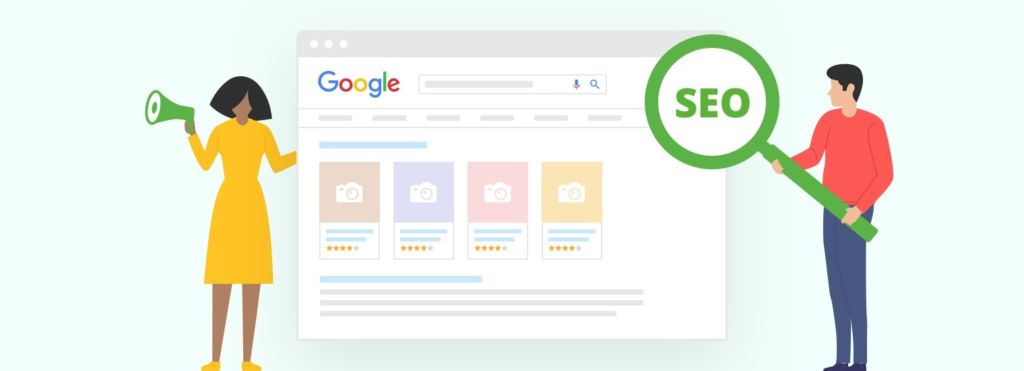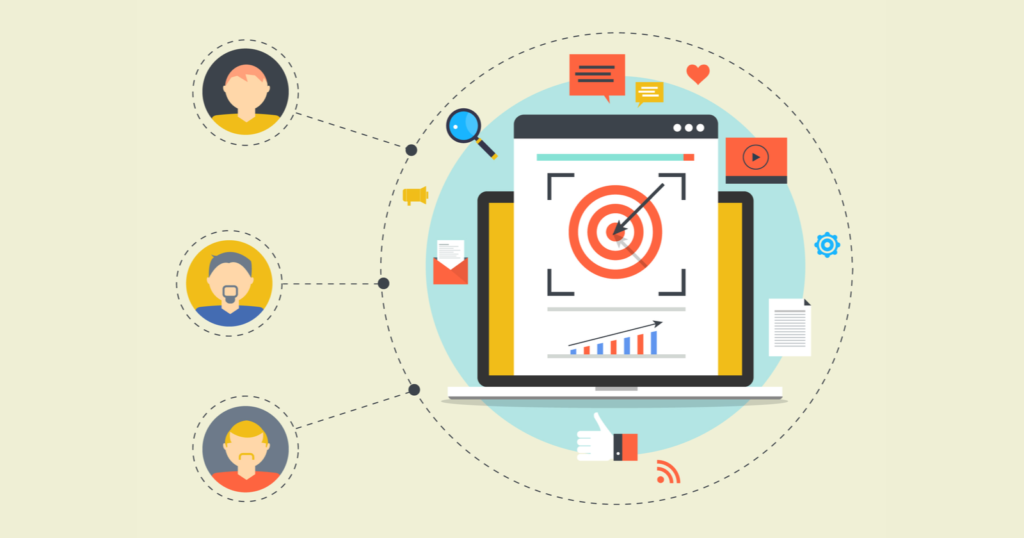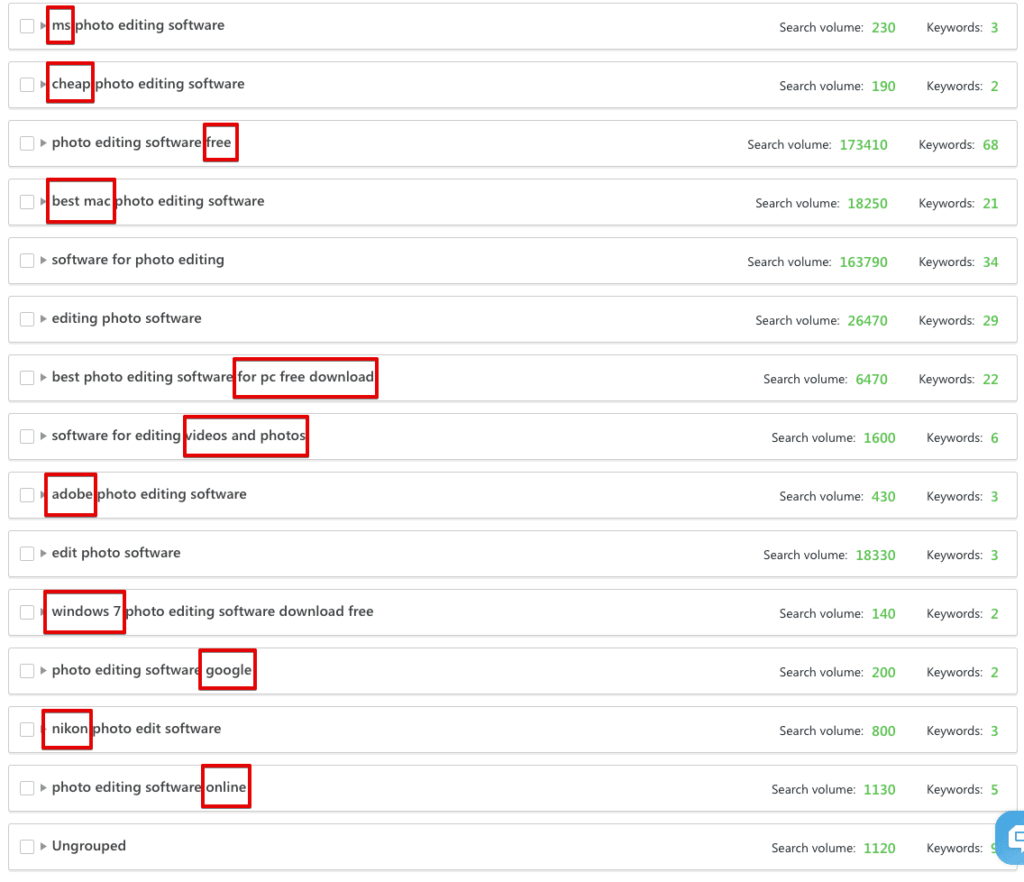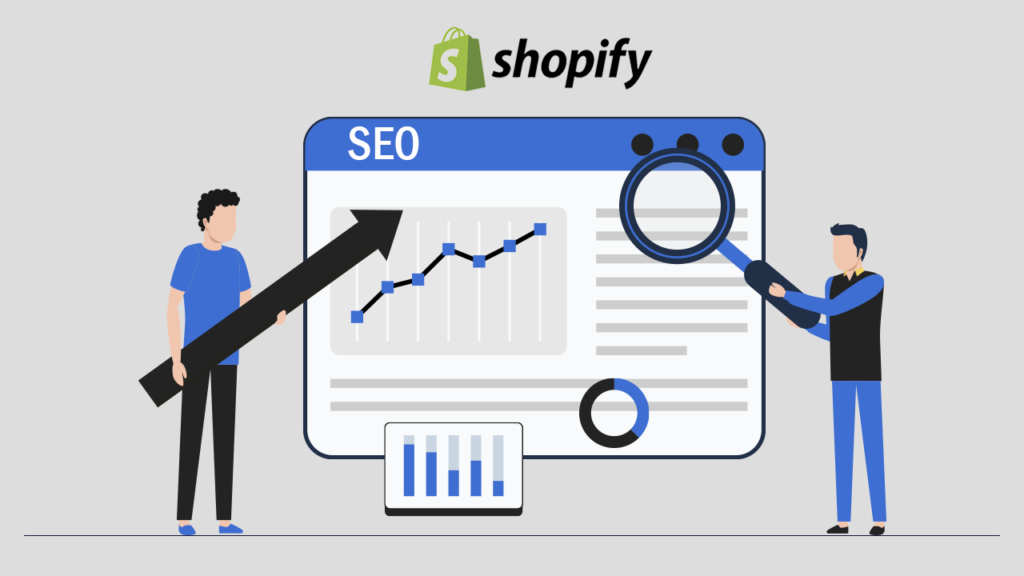4 Advanced Ways to Use ChatGPT in Your Marketing Campaigns.
In 2023, where businesses are constantly seeking innovative strategies to maximize their ad performance and drive sales. In this blog post, we will explore ten advanced ways that ChatGPT, a powerful tool powered by natural language processing, can revolutionize your advertising efforts. By leveraging ChatGPT’s capabilities, you can supercharge your ads, engage with your audience on a deeper level, and ultimately increase conversions and drive sales. Let’s dive in! 1. Dynamic Ad Copy Optimization using ChatGPT Dynamic ad copy optimization involves generating multiple variations of ad copy using ChatGPT and testing them to determine which version performs best. This approach allows you to tailor your ad messaging to different audience segments and continuously refine your copy to maximize its impact. A. Crafting the Perfect Prompt: To get the most out of ChatGPT for ad copy optimization, it’s essential to provide a well-crafted prompt that sets the right context. Think of the prompt as the instructions you give to ChatGPT to generate ad copy. Here’s an example of a great prompt: Prompt: “Create a compelling ad copy for our new line of running shoes targeted towards fitness enthusiasts. Highlight the shoes’ durability, comfort, and trendy design. We want to evoke a sense of motivation and encourage viewers to take action. Please generate at least three variations.” B. Generating Ad Copy Variations: Once you have a well-crafted prompt, you can use ChatGPT to generate multiple ad copy variations. Based on the given example prompt, here are three variations ChatGPT might generate: Variation 1: “Unleash your inner athlete with our new line of running shoes. Designed to withstand the toughest workouts, our shoes offer unrivaled durability, superior comfort, and a sleek, trendy design. Get motivated and take your fitness journey to the next level. Shop now!” Variation 2: “Experience the ultimate in running shoe technology with our latest collection. Engineered for durability, our shoes are built to last, providing exceptional comfort for long runs. Step up your style game with our trendy designs and let your shoes inspire your fitness goals. Shop today!” C. A/B Testing and Performance Evaluation: Once you have generated multiple ad copy variations, it’s time to put them to the test. Create separate ad campaigns for each variation and run them concurrently. Monitor their performance closely, considering metrics like click-through rates, conversion rates, and engagement levels. D. Adapting to Audience Preferences: ChatGPT allows you to adapt your ad copy based on changing audience preferences. As you gather more data and insights about your target audience, you can modify your prompts to align with their evolving needs and preferences. This adaptability ensures that your ad copy remains relevant and engaging. E. Human Touch and Creative Input: While ChatGPT is a powerful tool for ad copy optimization, it’s important to complement its capabilities with human creativity and expertise. Use your marketing insights, brand voice, and understanding of your target audience to guide the optimization process. Strike a balance between the data-driven approach and the human touch to create compelling ad copy that truly resonates. 2. Automate Lead Generation and Qualification using ChatGPT Here are the steps of automating lead generation and qualification using ChatGPT, along with practical prompt examples to illustrate its effectiveness. 1 > Designing an Engaging Lead Generation Chatbot: To begin automating lead generation, create a chatbot using ChatGPT that can interact with website visitors or social media users. The chatbot should be designed to capture user information and initiate meaningful conversations. For example : Prompt Example: “Hello! I’m here to help you find the perfect product. Could you please share your preferences or any specific requirements you have?” 2 > Gathering Relevant Lead Information: Use ChatGPT to ask relevant questions and gather essential lead information. Tailor your questions to extract details that are important for your business. For instance: Prompt Example: “What industry do you work in, and what specific challenges are you facing?” 3 > Qualifying Leads with Interactive Conversations: Engage potential leads in interactive conversations using ChatGPT to assess their suitability and qualification. Ask probing questions to understand their needs, pain points, and budget constraints. Here’s an example: Prompt Example: “Tell me more about your budget and timeline. What are your expectations for this product/service?” 4 > Seamless Integration with CRM Systems: Integrate ChatGPT with your Customer Relationship Management (CRM) system to seamlessly transfer lead data for efficient lead management. Ensure that the collected information is properly organized and accessible for your sales team. Here’s how it can be done: Prompt Example: “Great! To ensure we follow up with you effectively, could you please provide your name, email address, and contact number?” 5 > Instant Response and Lead Nurturing: Use ChatGPT to provide instant responses to user inquiries and nurture leads through personalized interactions. Set up automated responses for common queries to maintain engagement and build trust. Prompt Example: “Thank you for sharing your requirements. Our team will review your information and reach out to you within 24 hours. In the meantime, feel free to explore our website for more information.” 6 > Tracking and Analytics for Continuous Improvement: Leverage analytics tools to track and analyze the performance of your automated lead generation and qualification system. Monitor metrics such as conversion rates, engagement levels, and response times to identify areas for improvement. This data will help you refine your approach and achieve better results. 3. Hyper-Personalization in Marketing Campaigns By leveraging ChatGPT, an advanced natural language processing tool, businesses can take personalization to a whole new level. Here is the process of creating hyper-personalized marketing campaigns using ChatGPT. A. Understanding Your Target Audience: Before diving into hyper-personalization, it’s crucial to gain a deep understanding of your target audience. Conduct comprehensive market research, analyze customer data, and create buyer personas to identify key pain points, preferences, and behaviors. This foundation will enable you to craft more relevant and personalized marketing messages. B. Collecting and Utilizing Customer Data: To personalize marketing campaigns effectively, you need access to customer data. Use various channels such as website interactions, social
4 Advanced Ways to Use ChatGPT in Your Marketing Campaigns. Read More »











